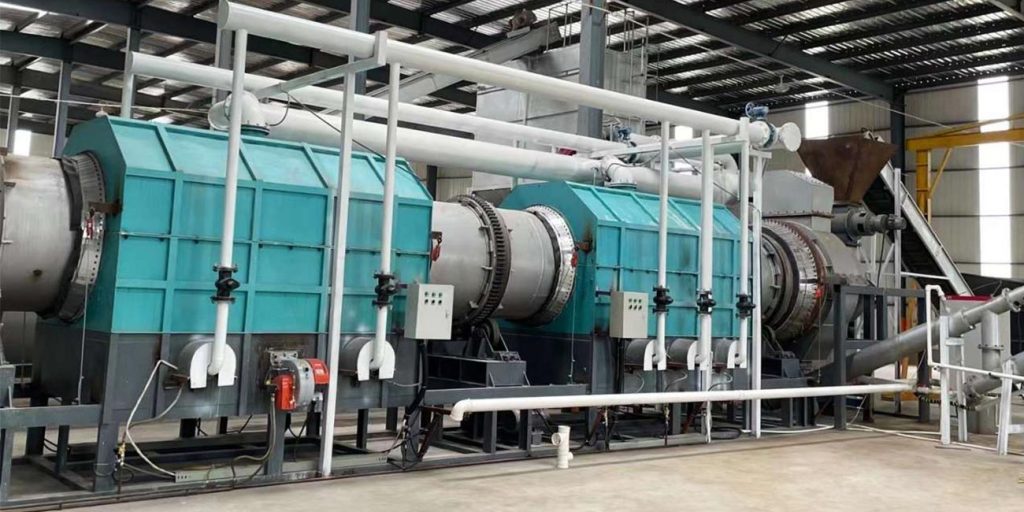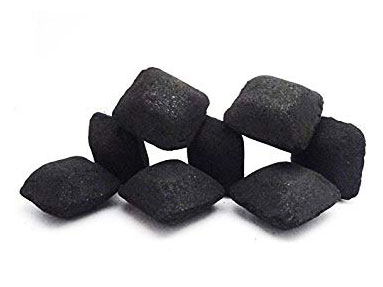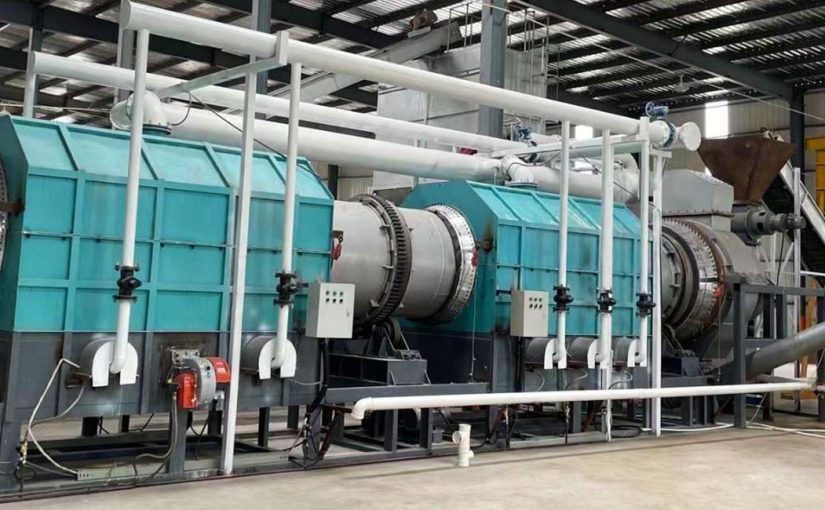In the ever-evolving landscape of sustainable agriculture and environmental consciousness, biochar production equipment stands at the forefront, offering a unique solution that marries agricultural productivity with carbon sequestration. This advanced machinery plays a pivotal role in transforming organic waste into a valuable resource while contributing to the burgeoning biochar fertilizer market.
The Biochar Revolution
Biochar, often referred to as “black gold” in the agricultural world, is a carbon-rich material produced through a process known as pyrolysis. It involves heating organic biomass, such as wood chips, crop residues, or even animal manure, in the absence of oxygen. This results in the conversion of organic matter into a stable form of carbon that can be used as a soil conditioner or a component of fertilizers.
The Core of Biochar Production
Biochar production equipment is the linchpin of this transformation. These sophisticated machines are engineered to withstand high temperatures and precisely control the pyrolysis process. The equipment typically comprises several key components, including:
Pyrolysis Chamber: This is where the magic happens. Biomass is introduced into the chamber, where it undergoes thermal decomposition in the absence of oxygen. The high temperatures drive off volatile compounds, leaving behind biochar as the end product.
Gas Collection System: As biomass undergoes pyrolysis, gases are released. These gases, often rich in energy, can be captured and utilized as a valuable byproduct or for powering the equipment itself.
Condensation and Filtration: To ensure the purity of the biochar, any remaining gases or impurities are filtered out before the final product is collected.
Heat Recovery Systems: Efficient biochar production often includes heat recovery mechanisms to maximize energy efficiency.

The Importance of Biochar Equipment
The significance of specialized biochar equipment cannot be overstated. It not only streamlines the production process but also ensures that the resulting biochar meets the high standards demanded by both agricultural and environmental applications.
In the context of the biochar fertilizer market, this charcoal making machine plays a dual role. First, it produces high-quality biochar that enhances soil fertility and moisture retention. Second, it contributes to reducing greenhouse gas emissions by sequestering carbon that would otherwise be released into the atmosphere during biomass decomposition.
Advanced Techniques
Modern biochar production equipment incorporates advanced techniques to optimize the biochar’s properties. These include:
Temperature Control: Precise temperature management during pyrolysis can yield biochar with specific characteristics tailored to different crops and soils.
Feedstock Flexibility: Versatile equipment can process a wide range of biomass feedstocks, making it adaptable to different agricultural regions and waste streams. Get charcoal making machine price here.
Automation: Automation technology streamlines operations, reduces labor requirements, and ensures consistent product quality.

The Expanding Biochar Fertilizer Market
As the benefits of biochar become increasingly evident, the biochar fertilizer market is experiencing rapid growth. Farmers and gardeners are turning to biochar-infused fertilizers for their ability to enhance soil structure, nutrient retention, and overall crop health. Furthermore, the carbon sequestration aspect aligns with sustainability goals and carbon offset initiatives.
In conclusion, biochar production equipment represents a pivotal technological advancement in the realm of sustainable agriculture and environmental conservation. With its capacity to transform organic waste into a valuable resource and contribute to the thriving biochar fertilizer market, this carbonizing machine plays a vital role in fostering a greener, more productive future for agriculture and the planet. Its incorporation of cutting-edge techniques and dedication to precision underscore its importance in today’s agricultural landscape.
